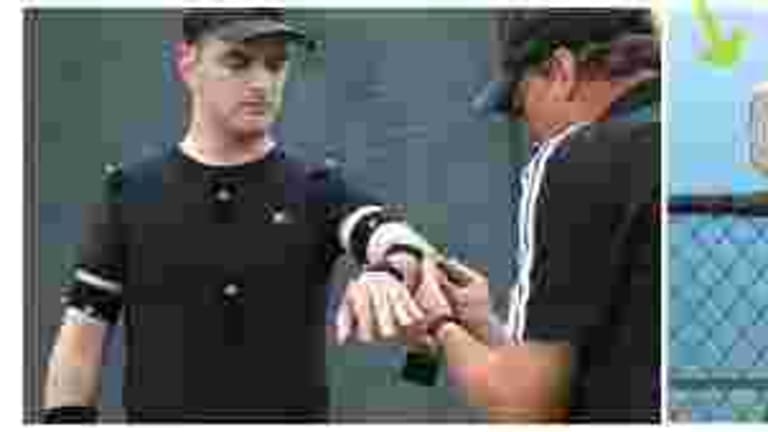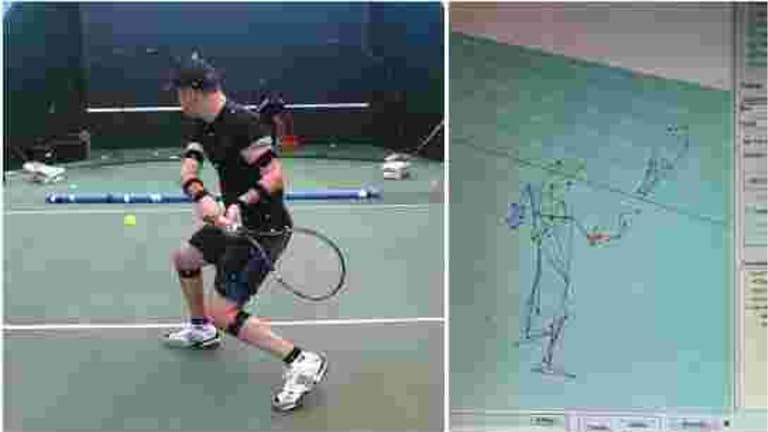Like every recreational player, I have a flawed game. Extremely flawed. Shoulder turn and hip rotation? I have some, but not nearly enough. I’m tall (6-foot-2) and I have a decent arm (lots of backyard baseball as a kid) but my serve doesn’t have as much pop as it should—at least not unless I’m willing to trade three sets of tennis for a three-week ibuprofen binge. I don’t bend low enough on my strokes. My feet are pretty fast, but my footwork is suspect. My two-handed backhand feels natural; my forehand feels robotic except on the best of days. The kick serve confounds me, despite years and years of off -and-on lessons, conversations with the world’s top instructors and months spent following the pros around the world. I hit what might be called a “sit up” topspin second serve. Kick it does not.
My largest problem is a common one: I don’t have enough time to play or practice, or enough discipline (or distaste for fried food) to remain at an ideal playing weight. Like most adults, I consider it an achievement if my game doesn’t deteriorate, never mind improve. But then a few years ago I heard about Brian Gordon and his 3-D technique analysis, and suddenly, there was hope. Maybe with more precise information—real data, real images, no nonsense—I could improve more of my game in less time.
Gordon is a biomechanist, a man of science in a sport that has too few of them. I visited him at Rick Macci’s academy in Boca Raton, FL. Across from the hard courts where Macci spends all day molding tomorrow’s best players, there’s a hitting wall with a canopy over it and 10 high-speed cameras (each one can capture 400 frames a second). They also emit infrared beams. Gordon dresses subjects in a nylon suit that fits tight like a wet suit; it has reflective markers all over it, and Gordon places more markers on racquets and sneakers. He uses custom-built software to collect and interpret the data.
After I squeezed into the suit, it took Gordon 20 minutes to arrange the markers and make sure the cameras were aligned and working. He then fed me forehands and backhands, and had me hit serves. The best part: He didn’t say a word about my strokes. No guesses, no predictions, nothing but a few cracks about how much I was sweating (the suit is black, and Boca is hot). I like a doctor who doesn’t diagnose until the test results arrive.

